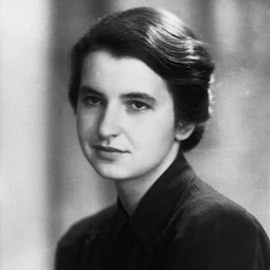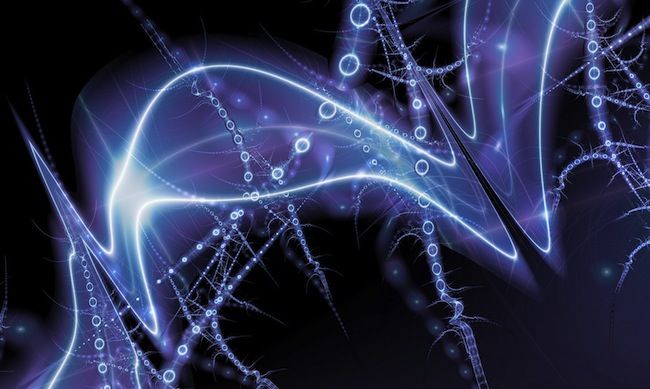Awakening
The key gets tossed in the laundry, a metaphor for stirring up and activating the magic that has—until now—lain dormant in the house. The first instance of the house unlocking its secrets is when it admits Jordan to the private study at the heart of the house and shares its history.
Jordan peruses titles in the library that suggest the themes that concern the family and may play out later. Jordan immediately engages with one of the dominant themes throughout the story: the role of genetic DNA and the possibility of generational transmission of memories. If so, could these DNA memories inform the concept of reincarnation? What activates them?
Awakening explores the concept that an individual’s DNA carries memories from one generation to the next.
If you want to explore the topic further, there are several studies that support the theory.
Emory University School of Medicine, in Atlanta, showed in an experiment with mice
“that it is possible for some information to be inherited biologically through chemical changes that occur in DNA. During the tests they learned that that mice can pass on learned information about traumatic or stressful experiences – in this case a fear of the smell of cherry blossom – to subsequent generations.”
James Gallagher, Health and science reporter of BBC News commented further that the Emory University studies
“showed a section of DNA responsible for sensitivity to the cherry blossom scent was made more active in the mice’s sperm.
Both the mice’s offspring, and their offspring, were ‘extremely sensitive’ to cherry blossom and would avoid the scent, despite never having experienced it in their lives.
Changes in brain structure were also found.
‘The experiences of a parent, even before conceiving, markedly influence both structure and function in the nervous system of subsequent generations,’ the report concluded.
The findings provide evidence of ‘transgenerational epigenetic inheritance’ – that the environment can affect an individual’s genetics, which can in turn be passed on.
One of the researchers Dr Brian Dias told the BBC: ‘This might be one mechanism that descendants show imprints of their ancestor.
‘There is absolutely no doubt that what happens to the sperm and egg will affect subsequent generations.’
Prof Marcus Pembrey, from University College London, said the findings were ‘highly relevant to phobias, anxiety and post-traumatic stress disorders’ and provided ‘compelling evidence’ that a form of memory could be passed between generations.
He commented: ‘It is high time public health researchers took human transgenerational responses seriously.
‘I suspect we will not understand the rise in neuropsychiatric disorders or obesity, diabetes and metabolic disruptions generally without taking a multigenerational approach.’
In the smell-aversion study, is it thought that either some of the odour ends up in the bloodstream which affected sperm production or that a signal from the brain was sent to the sperm to alter DNA.”
The most compelling and in-depth article I found, however, is National Geographic Magazine writer Virginia Hughes’s The Mice Inherit Specific Memories, Because Epigenetics? under Phenomena: Only Human. In it, Hughes provides a detailed account of the research, the researchers, its findings and its implications. Comments associated with the article reflect some of the current thinking in the field about the promises and controversies associated with epigenetics, the study of how environmental factors can affect and modify DNA.
This is tremendously exciting, but none of it would have been possible without the brilliant research of early pioneers like Rosalind Elsie Franklin (whose image appears above). She did a lot during her short tenure among us at a time when it was difficult for women to enter scientific fields. Born in 1920, she was an Anglo-Jewish chemist and X-ray crystallographer who is best known for her brilliant contributions to the understanding of the fine molecular structures of DNA, RNA, viruses, coal, and graphite. Before cancer stole her away in 1958, Rosalind Franklin produced high resolution images of crystallized DNA, revealing their helical structure that resembles a twisted ladder.






Leave a Reply